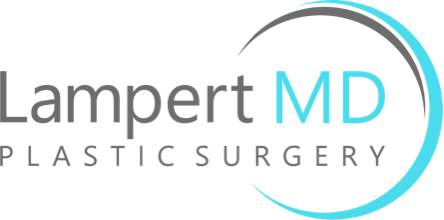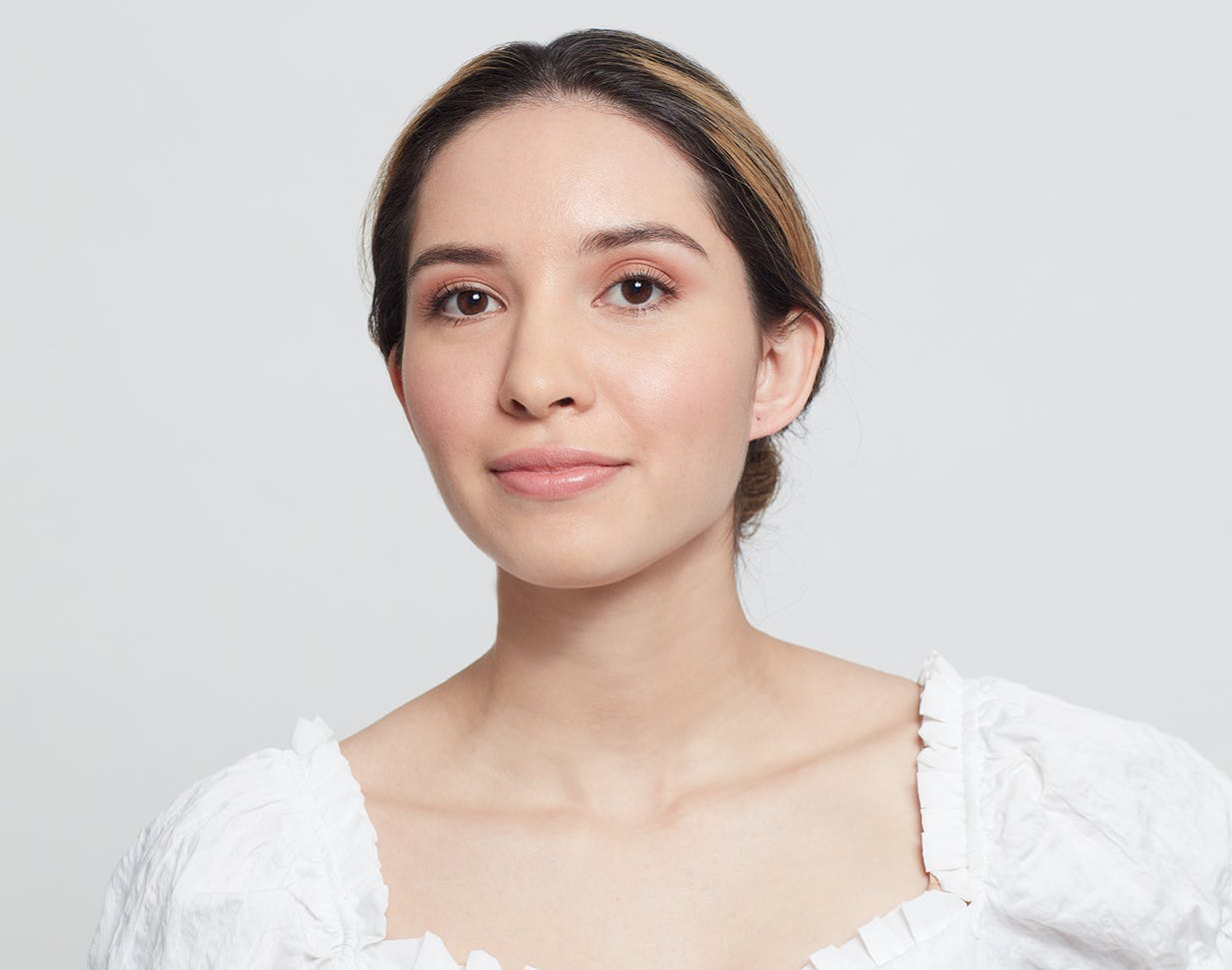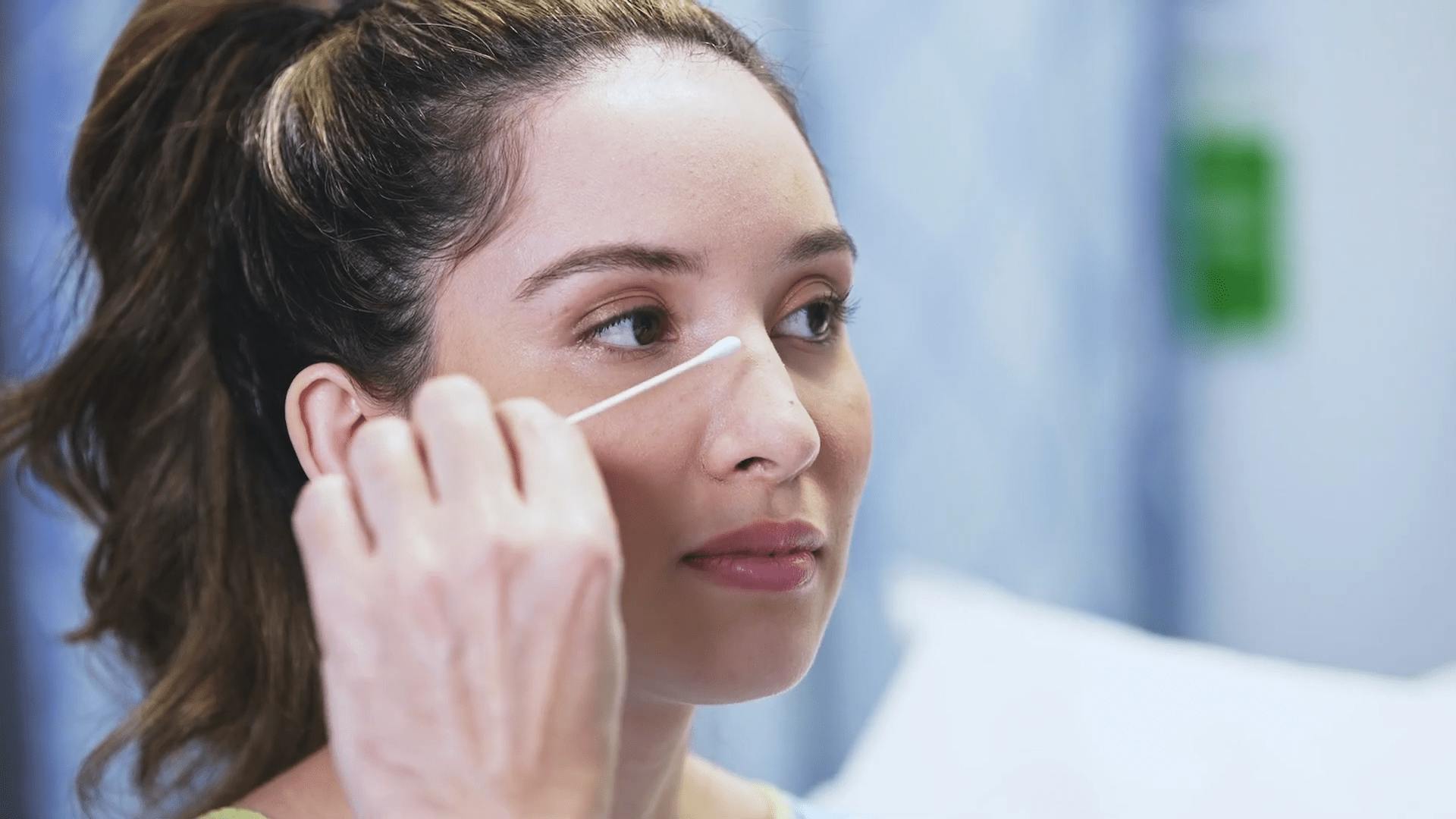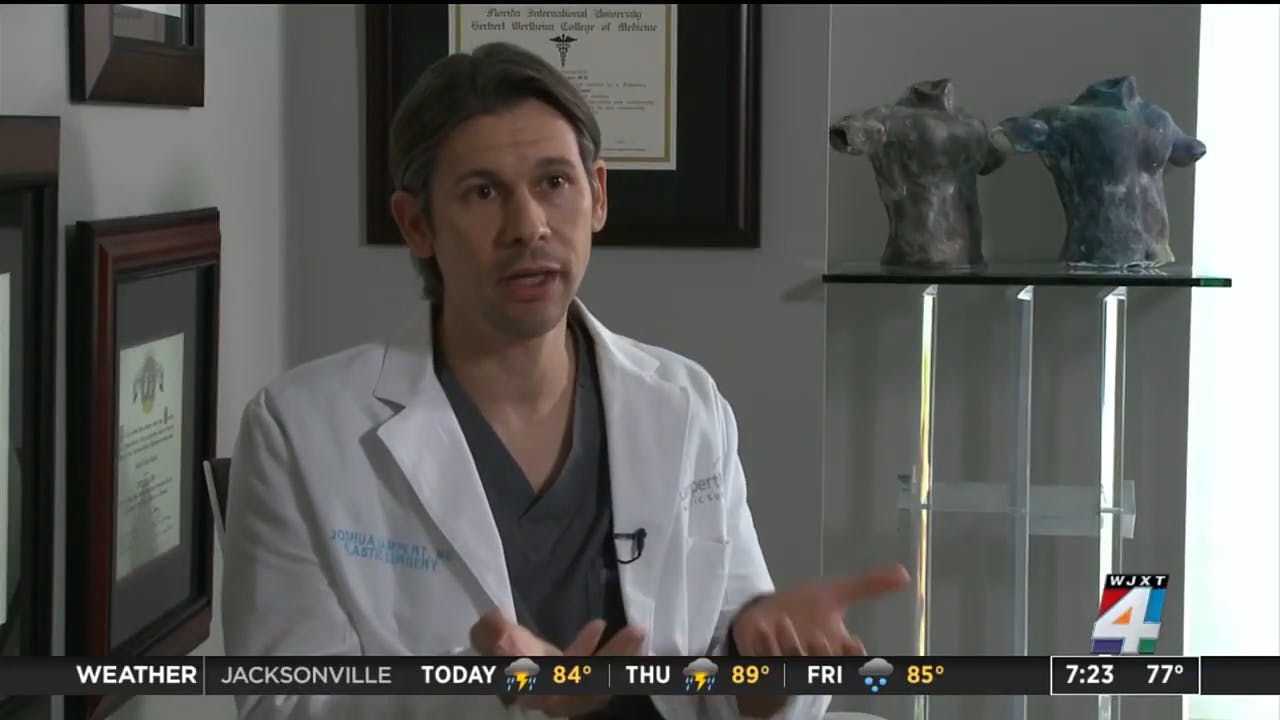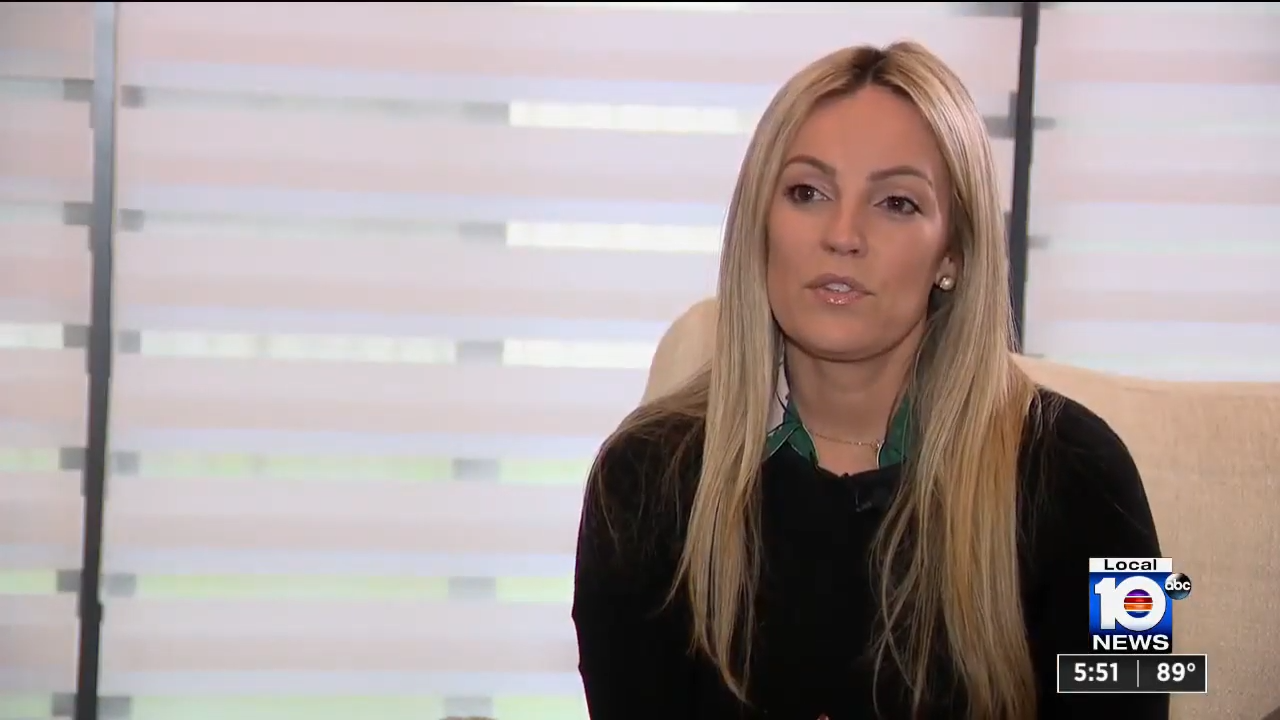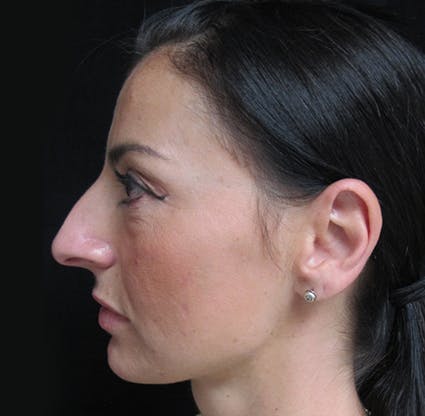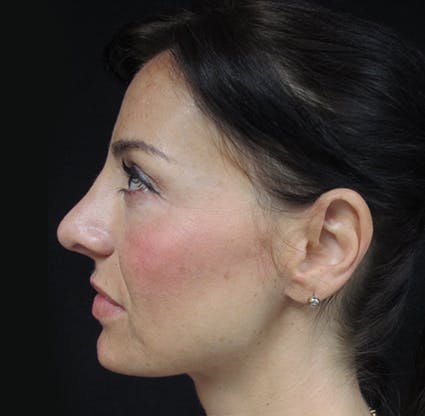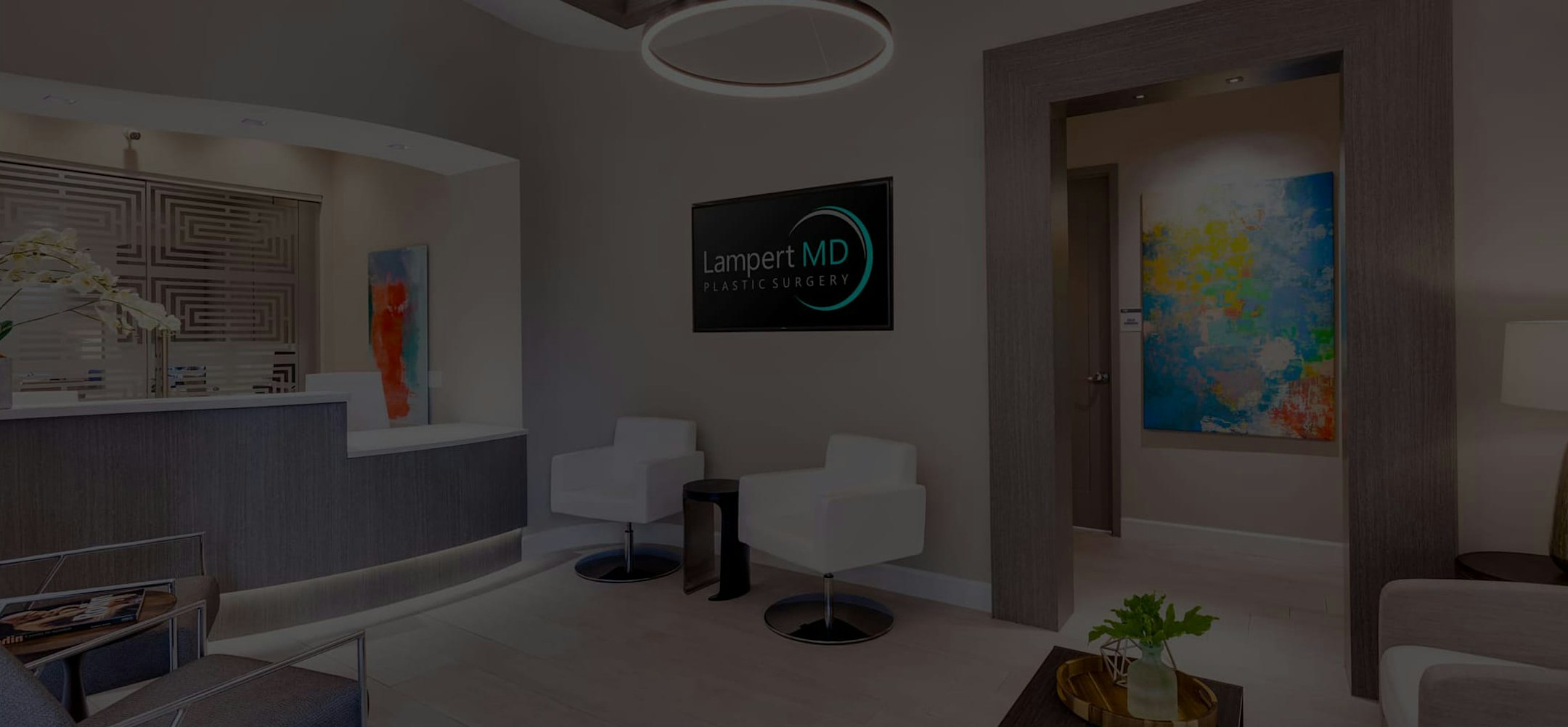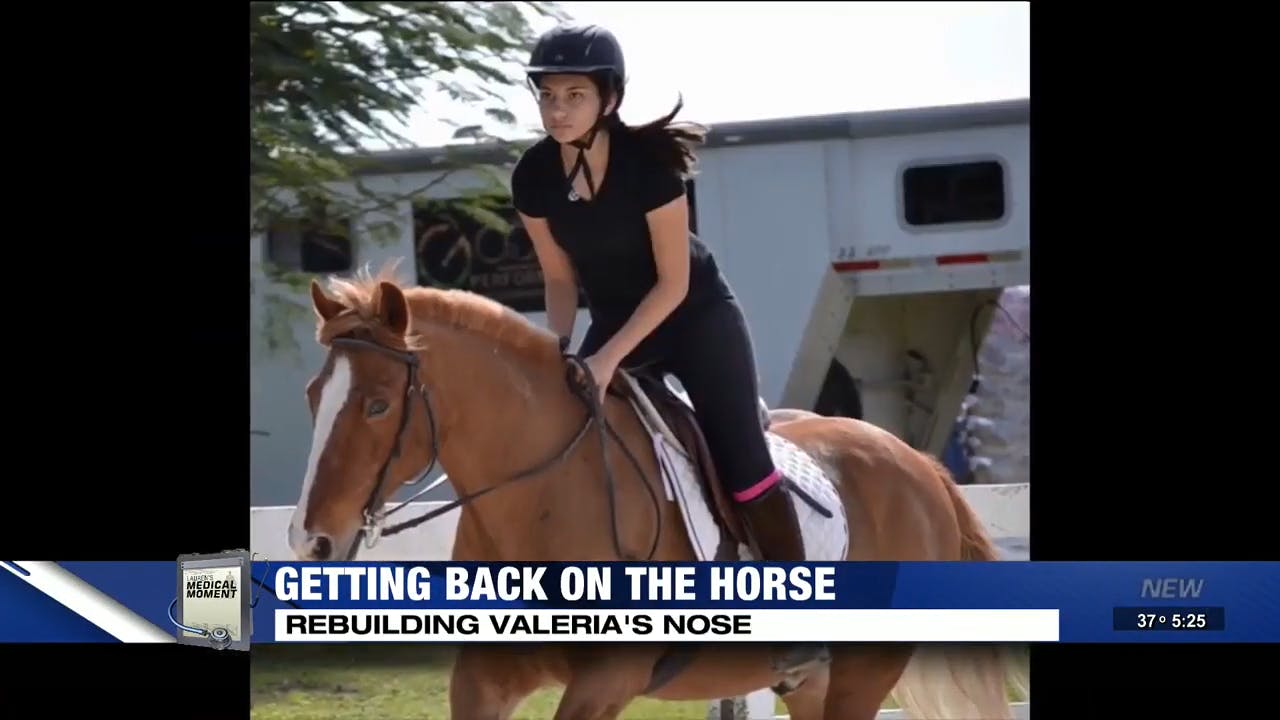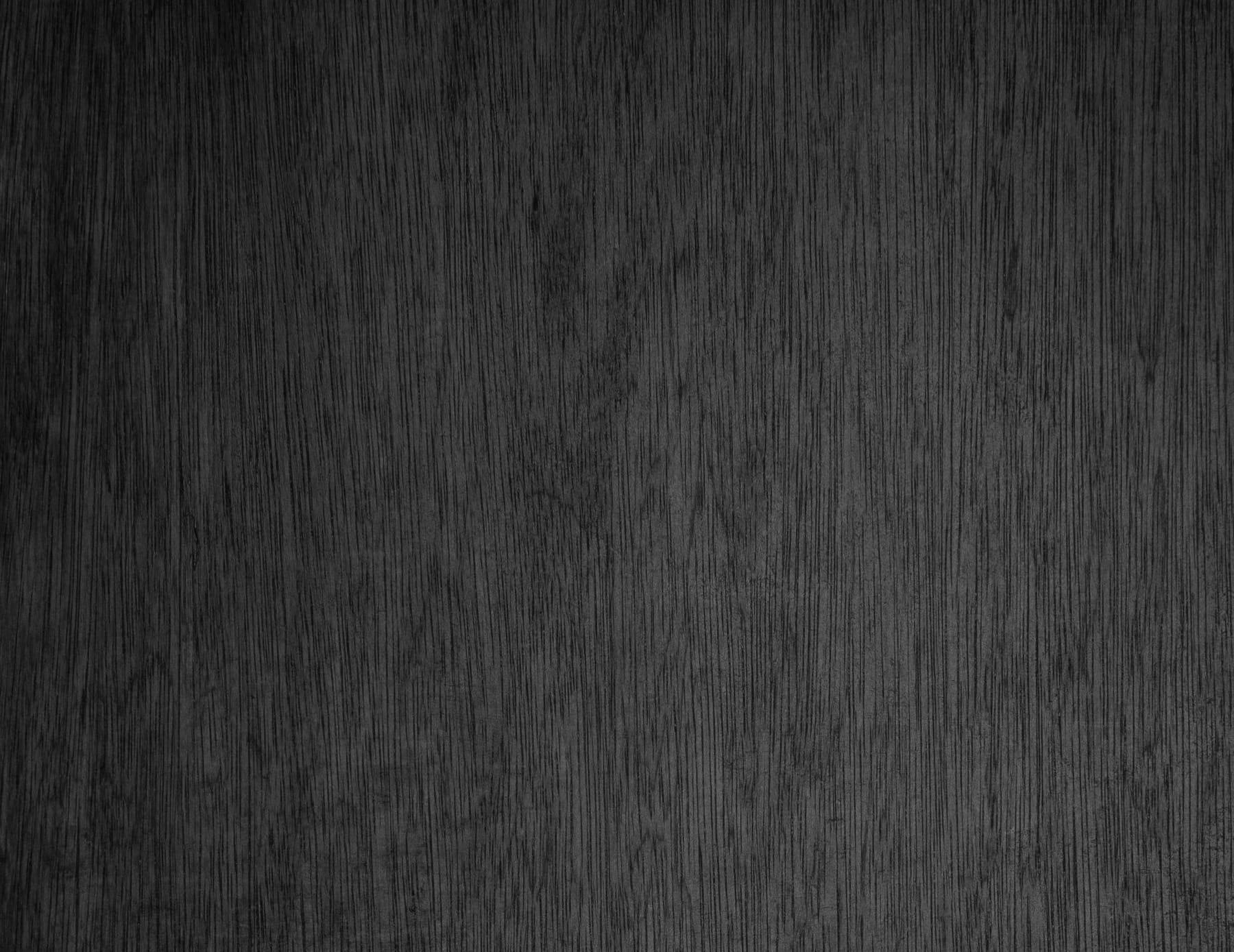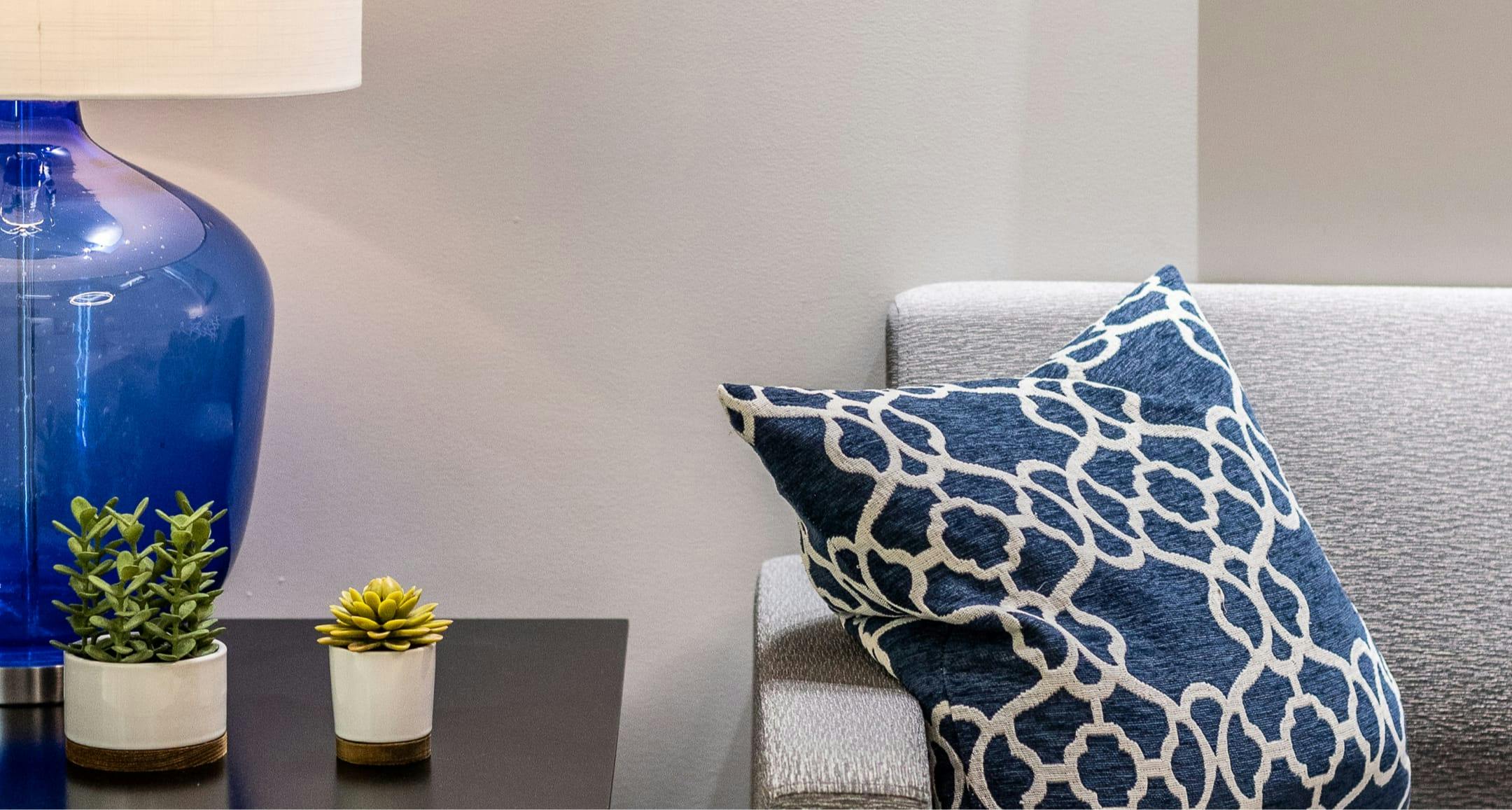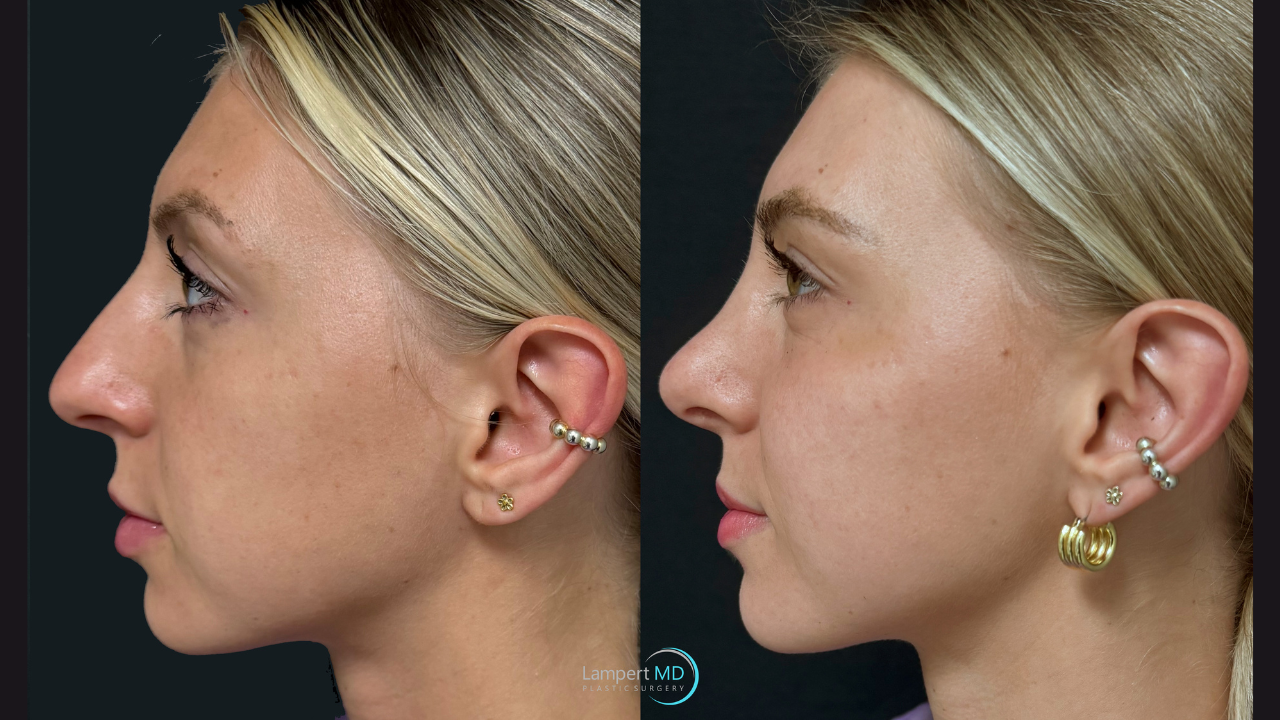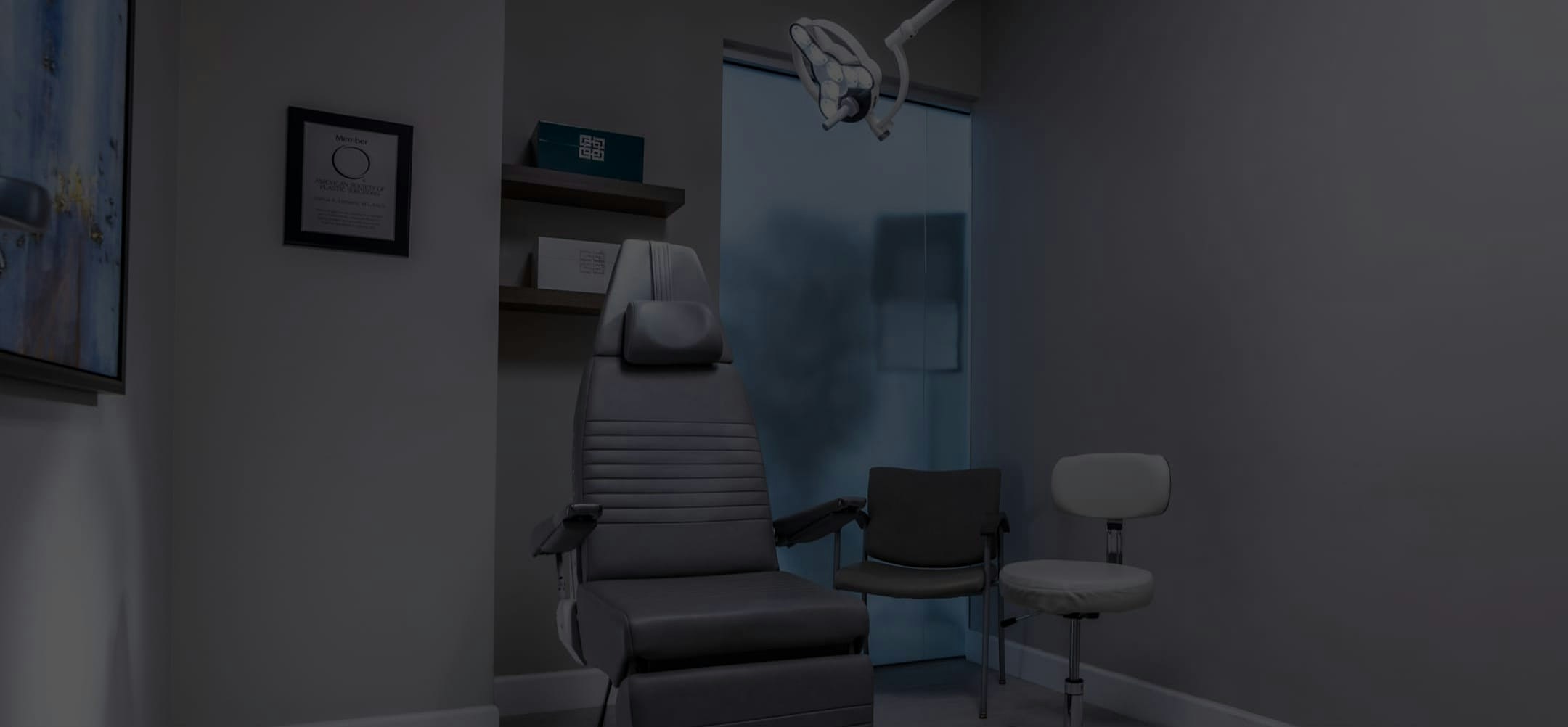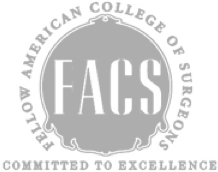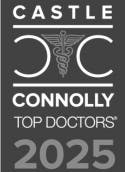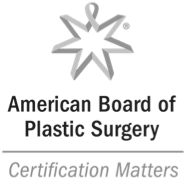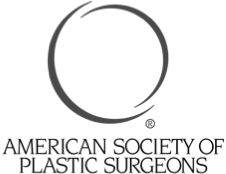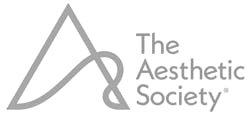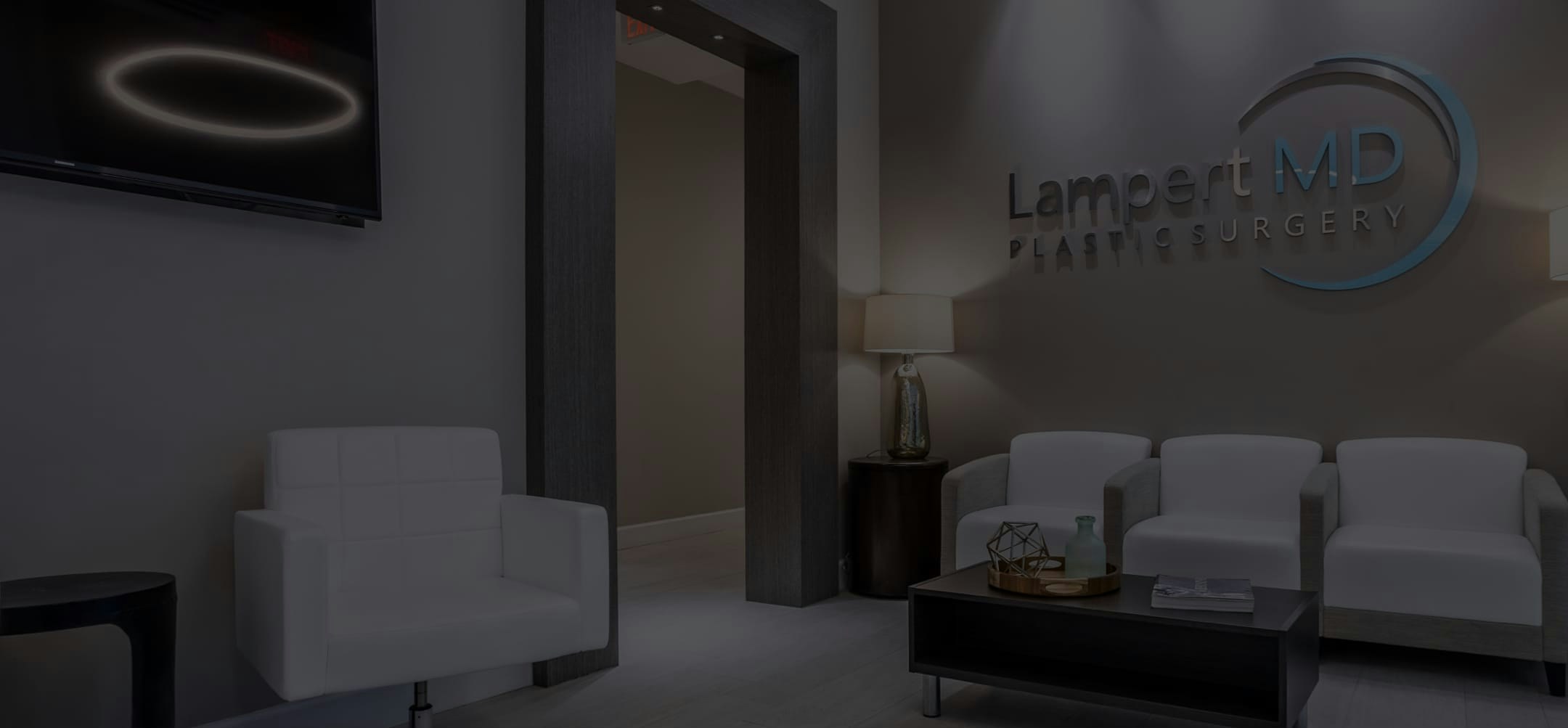Rhinoplasty, also known as nasal reshaping, a nose job, or nose surgery, is one of the top 5 cosmetic procedures performed in America. Year after year, more people opt to change the most prominent feature of their face to align with their personal image goals. Dr. Joshua Lampert, a board-certified plastic surgeon and top rhinoplasty surgeon in Miami, cautions consumers to look further than the promises and price tags offered by corporately owned and volume-based clinics and instead opt for the experience, safety, and beautifully-nuanced results that can be achieved when you choose the very best.
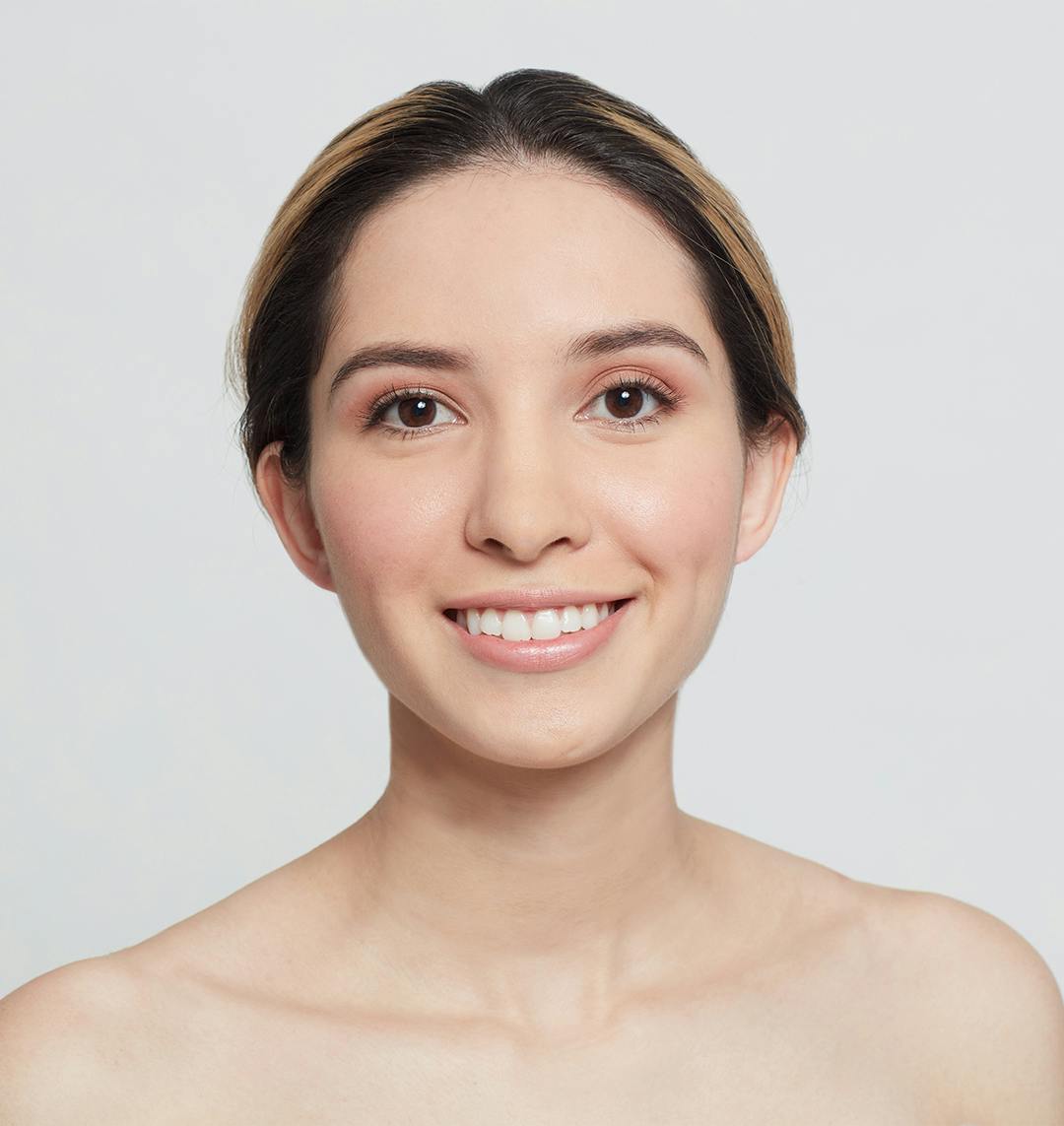
What Sets Dr. Lampert Apart?
Rhinoplasty must be a labor of love for the rhinoplastic surgeon. The nose is typically the most scrutinized anatomic structure of the face, if not of the body or entire human being! The best rhinoplasty surgeons not only take the time to perform the operation to the best of their abilities, but they also embrace the challenge of difficult noses, complicated revision surgeries, and even major nasal reconstruction after traumatic events such as amputation!
Before & After Rhinoplasty with Dr. Lampert
View More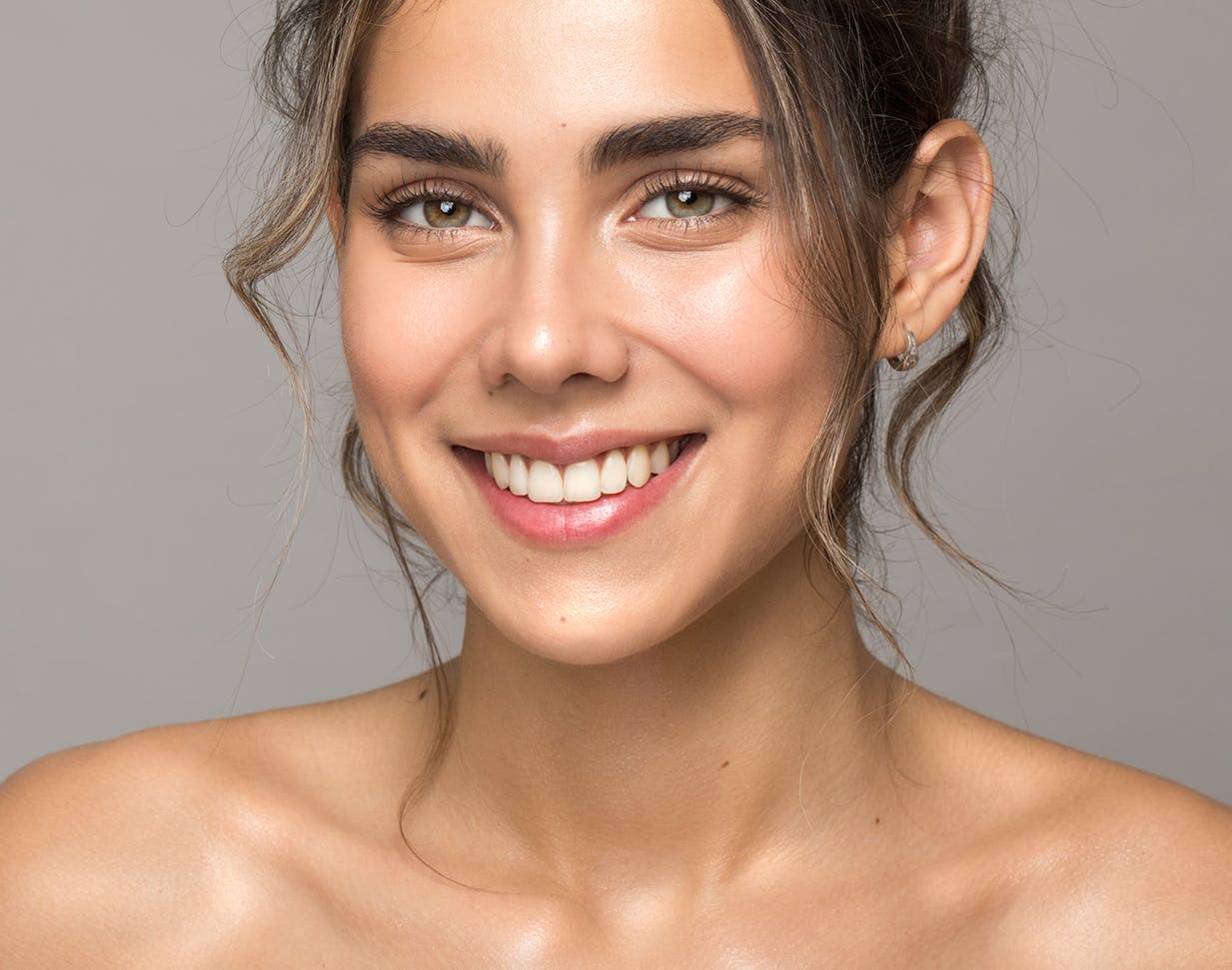
Am I a Candidate for Rhinoplasty?
Rhinoplasty is for people who aren’t happy with the way their nose looks or have functional concerns. For patients with functional concerns, cosmetic rhinoplasty can include a functional aspect of surgery to address these. During your consultation with Dr. Lampert, you will be able to discuss your concerns about and goals for your nose and determine whether you’re an ideal candidate for a nose job. Ideal candidates should meet the following requirements:
- Are in good physical and mental health
- Do not smoke
- The skin of the nose is not too thin or thick
- Have a strong framework of nasal cartilage
- Have a fully matured nose
- Struggle with breathing problems or excessively snore
- Are unhappy with the way their nose looks
- Have realistic expectations about what rhinoplasty can achieve
How Does Dr. Lampert Conduct the Consultation Process?
Rhinoplasty is among the most complex and delicate cosmetic surgeries performed by Dr. Lampert, so he is sure to spend a great deal of time answering your questions in a detailed consultation. This initial meeting is geared towards providing you with ease, comfort, and confidence in your decision to move forward. After examining your nose, Dr. Lampert will then create a surgical plan tailored to your expressed wishes and goals for improvement. He encourages patients to provide "goal photos'' of other noses that they like which will be reviewed together to discuss potential expectations, achievable results, and limitations. It is important that the patient and Dr. Lampert have similar and reasonable expectations in order to achieve the best patient satisfaction. Dr. Lampert’s number one goal during a rhinoplasty consultation is to understand the patient and communicate effectively to the patient.

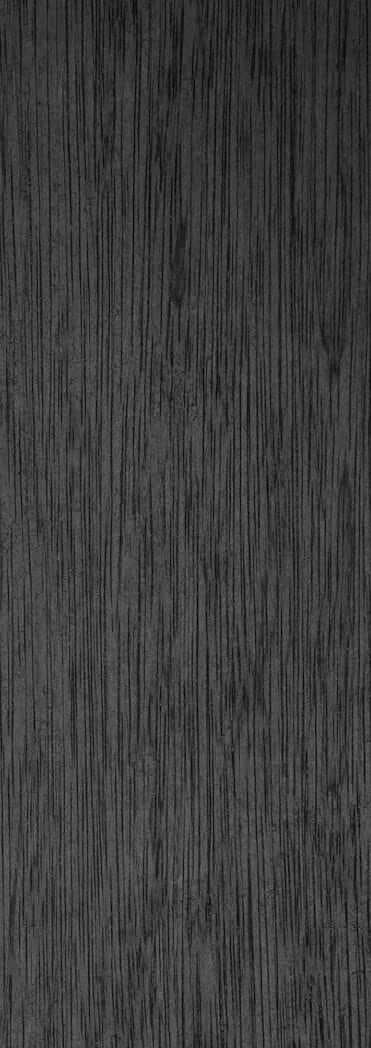
Rhinoplasty FAQ
Is rhinoplasty safe?
While Rhinoplasty is an incredibly safe procedure, all patients must undergo full medical assessments before getting the green light for treatment. As with any plastic surgery, it is vital to prioritize quality over cost and ensure that you receive the best care possible. Dr. Lampert’s facility is equipped with the latest in technology, ensuring that patients receive the best results possible.
Can rhinoplasty be combined with other procedures?
Rhinoplasty can be combined with Septoplasty, which is designed to correct a deviated septum. It can also be combined with turbinate surgery and functional nasal airway surgery, which help patients breathe easier through their noses. As small chins can make overly large noses look more pronounced, chin surgery can enhance the results of a nose job.
Some patients may want to take advantage of the downtime from their rhinoplasty to undergo other procedures. These may include liposuction, breast augmentation (boob job), labiaplasty (vaginal rejuvenation), eyelid lifts (blepharoplasty), abdominal etching, or tummy tuck (abdominoplasty).
How old do I have to be for rhinoplasty surgery?
There is technically no age requirement for rhinoplasty. That said, it is important that the procedure be performed only after the patient’s nose has stopped growing. This usually happens around the age of 14 to 16.
Will insurance cover my nose surgery?
Rhinoplasty is typically considered to be a cosmetic procedure. This means that it usually is not covered by insurance plans. That said, if a patient is undergoing the treatment for functional reasons (breathing problems) it may be covered.
Will I have visible scars?
This ultimately depends on the type of procedure performed. An open rhinoplasty procedure involves an incision across the columella (the strip of flesh that separates the nostrils). With a closed procedure, all incisions are internal. Naturally, the open approach may leave a small scar on the columella while a closed procedure will not cause any visible scars.
